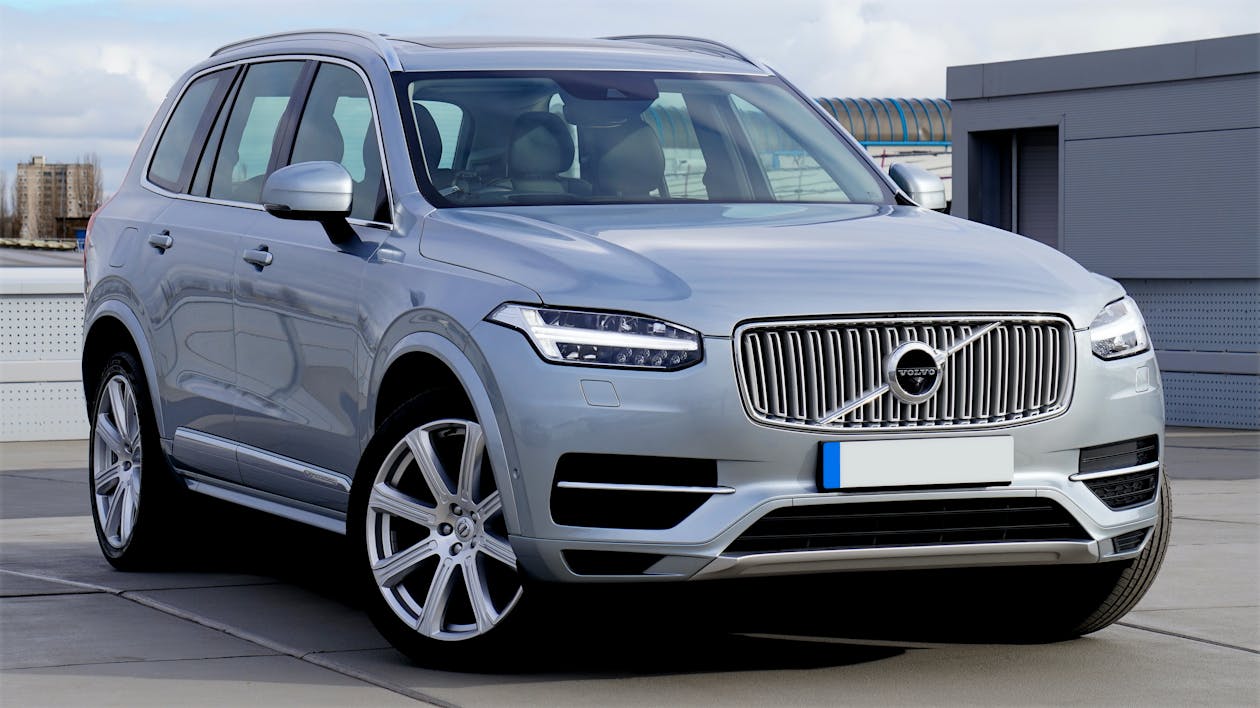This year sees the 50th anniversary of Porsche Design, a subsidiary branch of the automobile manufacturer and renowned for a number of classic creations. Due to its high-end specifications, the brand makes use of titanium in many of its products, and the metal plays an important part in its sports car design. Promoted for its strong but lightweight properties, the metal can be found in a range of internal components, from the coil springs of the iconic Porsche 956, itself celebrating its 40th anniversary this year, to the tailpipes of the latest Porsche Cayman GT4 RS. As well being used to improve functionality and reduce the weight of sports cars, titanium and its compounds can be found enhancing the external appearance of a range of vehicles in the form of a luxurious trim as well as lustrous paintwork.
Strong and Lightweight Internal Components
Of all known metals, titanium has the highest strength-to-weight ratio resulting in it being lighter than steel, but with twice the strength of aluminum. This is a valuable asset in sports car design and can help to create lightweight vehicles that are quicker to accelerate, easier to maneuver and more economical to run. Individual internal components from connecting rods to engine valves benefit from the strength and low weight of titanium. In addition, by replacing parts such as a steel rod with a high grade titanium metal bar, the risk of corrosion and rust is eliminated. This is due to the oxide film that is formed when the metal is exposed to an oxidizing acid environment. While high grade titanium is the most corrosive resistant, the lower grades are softer and more ductile making them suitable for the manufacture of light but strong suspension springs. As well as being much lighter, titanium springs are also smaller than their steel equivalents so when space is limited in a design concept, they are an ideal choice.
Luminous External Trim and Paintwork
As well as being used to create versatile, lightweight internal car components, titanium is used to enhance the outward appearance of a vehicle. Its high luminosity adds interest to interior fittings such as dashboards and steering wheels, while bright titanium wheel trims and window surrounds give an upmarket feel to any car. Across all industries, 95% of titanium is used as a white pigment, in its compound form of titanium dioxide (TiO2). After the banning of lead as a paint ingredient, TiO2 became the most common pigment used in paints and, due to its high refractive index, it adds a high sheen to a car body. When used in a paint, TiO2 also scatters visible light which means it can be added to any shade on the spectrum giving a greater choice of color for external car paintwork.
Due to its exceptional qualities, titanium has been incorporated into high-end car design for several decades. While its strength, lightness and resistance to corrosion make it ideal for the hard-working internal components of sports cars, the metal’s luminosity lends itself to enhancing the exterior trim and bodywork of any vehicle.








